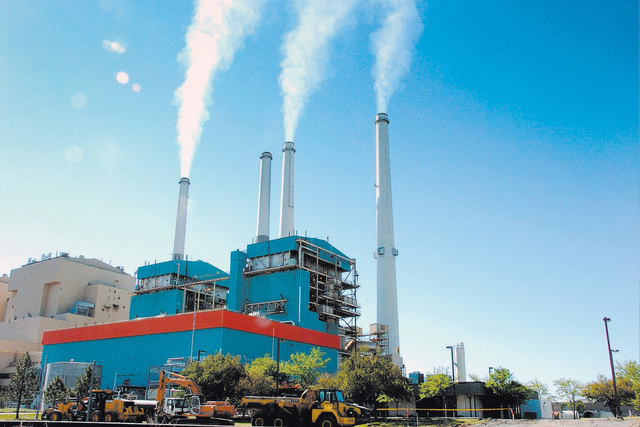2016 was hottest year on record for most of the world

OSLO — Last year was the hottest on record by a wide margin, with temperatures creeping close to a ceiling set by almost 200 nations for limiting global warming, the European Union’s Copernicus Climate Change Service said on Thursday.
The data are the first of the New Year to confirm many projections that 2016 will exceed 2015 as the warmest since reliable records began in the 19th century, it said in a report.
The Arctic was the region showing the sharpest rise in temperatures, while many other areas of the globe, including parts of Africa and Asia, also suffered unusual heat, it said.
A few parts of South America and Antarctica were cooler than normal.
Global surface temperatures in 2016 averaged 14.8 degrees Celsius (58.64°F), or 1.3C (2.3F) higher than estimated before the Industrial Revolution ushered in wide use of fossil fuels, the EU body said.
In 2015, almost 200 nations agreed at a summit in Paris to limit global warming to “well below” 2C above pre-industrial times while pursuing efforts to hold the rise to 1.5C as part of a sweeping shift away from fossil fuels towards clean energy.
Temperatures last year broke a 2015 record by almost 0.2C (0.36F), Copernicus said, boosted by a build-up of greenhouse gases in the atmosphere and by a natural El Nino weather event in the Pacific Ocean, which releases heat to the atmosphere.
In February 2016 alone, temperatures were 1.5C above pre-industrial times, the study said. Rising heat is blamed for stoking wildfires, heat waves, droughts, floods and more powerful downpours that disrupt water and food supplies.
The U.N.’s World Meteorological Organization (WMO), the main authority on global temperatures, compiles data mainly from two U.S. and one British dataset that will be published in coming weeks. It also uses input from Copernicus.
Dick Dee, deputy head of the Copernicus Climate Change Service, said Thursday’s data were available quickly because they draw on temperature stations and satellite measurements used to make weather forecasts.
“They’re pretty much in perfect agreement” with the WMO data in areas where measurements overlap, he told Reuters. The other datasets used by the WMO are collected from sources that can take more time to compile, including ships, buoys and balloons.
U.S. President-elect Donald Trump has sometimes called man-made climate change a hoax and threatened to “cancel” the Paris agreement. But he has also said he has an open mind and sees “some connectivity” between human activity and and global warming.












